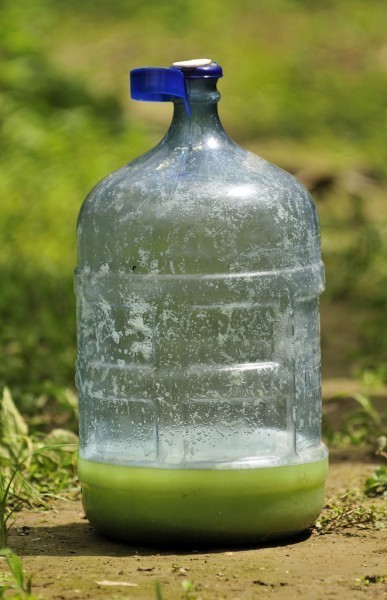






Gardeners often face the dilemma of controlling pests and disease without the use of harsh and dangerous chemicals, which should be used only as a last resort. When dealing with lawn and garden fungal diseases, homemade lawn fungicide or homemade plant fungicide often solves these problems without damaging the environment and risking the health of you, your children and pets.
To reduce the need for using a fungicide for plants, it may help to select healthy, pest resistant plants and practice good sanitation in the vegetable garden and flower bed. Keep plants healthy and their growing area weed -free to cut back on the need for fungicide for plants.
More often than not, fungi are the result of pests in the garden. Sometimes, pest control for plants is as simple as a blast of water from the garden hose, knocking off aphids and other piercing and sucking insects. When pest problems and resulting fungal issues require treatment, it’s handy to know about DIY fungicides for the garden.
Learning how to make your own fungicide gives you control of the ingredients, many of which are already in your home. Here are some of the more popular items for use in making fungicide for lawns and gardens:
Now that you’ve learned how to make your own fungicide, use it responsibly. The term organic leads some to believe that these mixtures are completely safe, which is untrue. Use all homemade fungicide for the lawn and garden carefully, especially around children and pets.
BEFORE USING ANY HOMEMADE MIX: It should be noted that anytime you use a home mix, you should always test it out on a small portion of the plant first to make sure that it will not harm the plant. Also, avoid using any bleach-based soaps or detergents on plants since this can be harmful to them. In addition, it is important that a home mixture never be applied to any plant on a hot or brightly sunny day, as this will quickly lead to burning of the plant and its ultimate demise.
Copyright © www.100flowers.win Botanic Garden All Rights Reserved